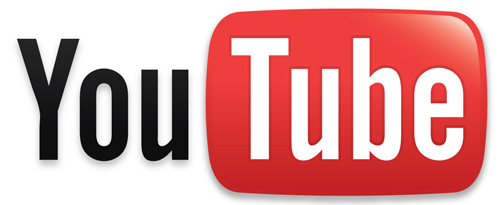YouTube to demo 4K streaming at CES 2014
YouTube will demo a new VP9 codec to stream 4K content, and aims to cut the data used by the current H.265 codec by half.


Google is the latest company to attempt to offer native 4K content to the masses – and it will be demonstrating 4K streaming through YouTube for the first time at CES 2014.
MORE: CES 2014: News, rumours and what to expect
4K TV is proving to be popular among TV manufacturers - and is likely to be the showpiece of CES 2014 – but the main stumbling blocks so far have been the lack of any 4K content to speak of and the means of providing it in an easily accessible manner.
Google has been working on its own VP9 codec since 2011, with the main goal being to cut data consumption by around 50 per cent compared with the current standard H.265 codec.
Several big name companies such as LG, Panasonic and Sony have given their support for the new codec, so the chances of it going mainstream are high.
Online streaming service Netflix has already announced that it will be pushing for 4K streaming in 2014, confirming that season two of its series House of Cards will be available in the format. Netflix, however, will use HEVC (High Efficiency Video Coding) a.k.a H.265.
The main difference between the two codecs is that Google's VP9 is royalty-free, whereas HEVC requres patent-licensing agreements.
Get the What Hi-Fi? Newsletter
The latest hi-fi, home cinema and tech news, reviews, buying advice and deals, direct to your inbox.
Francisco Verela, YouTube's global head of platform partnerships said of VP9: "We have all these partners supporting VP9, and this is the first next-generation codec that we are supporting. It's open, royalty-free - we like that profile."
He went on to say, however, that this move does not mean that Google will never support HEVC – but for now it is focusing on VP9.
Amazon has also stated it will be filming and distributing its own 4K programmes in 2014, to be made available through its LoveFilm service.
MORE: Ultra HD 4K TV: Everything you need to know
Max is a staff writer for What Hi-Fi?'s sister site, TechRadar, in Australia. But being the wonderful English guy he is, he helps out with content across a number of Future sites, including What Hi-Fi?. It wouldn't be his first exposure to the world of all things hi-fi and home cinema, as his first role in technology journalism was with What Hi-Fi? in the UK. Clearly he pined to return after making the move to Australia and the team have welcomed him back with arms wide open.

